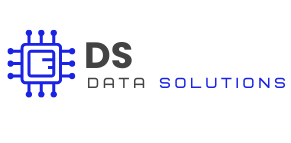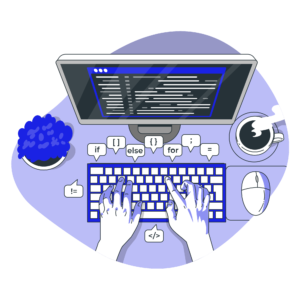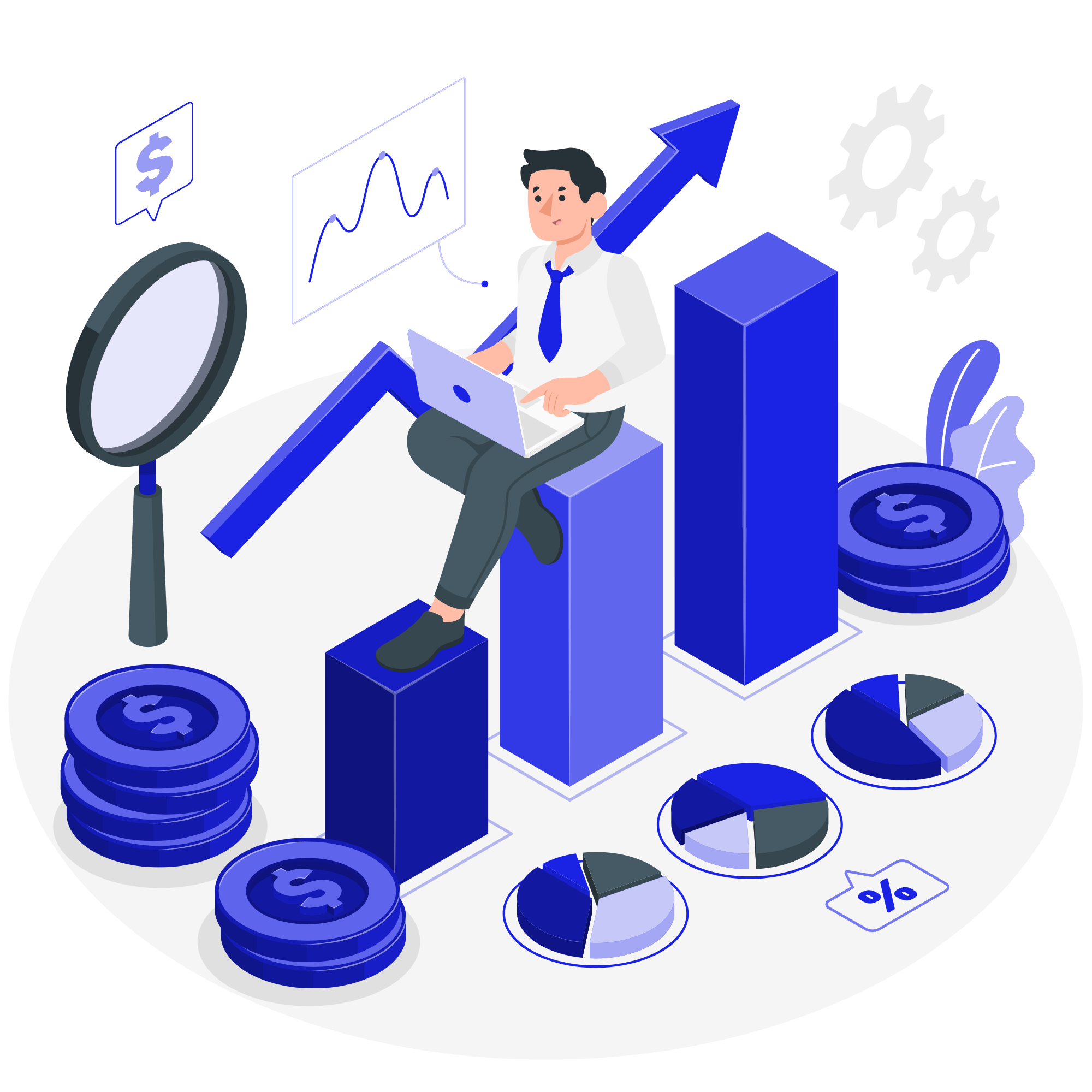Introduction
Web scraping has become an essential technique for data extraction, enabling developers and data enthusiasts to gather valuable information from websites efficiently. As we move into 2024, several powerful web scraping tools have emerged as go-to solutions, each with its unique strengths and ideal use cases. Whether you’re a beginner or an experienced developer, choosing the right tool for your project can significantly impact your scraping success. In this article, we’ll compare and contrast the top 5 web scraping tools of 2024, highlighting their pros, cons, and the scenarios where they shine.
1. BeautifulSoup
Overview: BeautifulSoup is a Python library that simplifies the process of parsing HTML and XML documents. It is one of the most popular web scraping tools, especially for beginners, due to its ease of use and versatility.
Pros:
- User-Friendly: BeautifulSoup is straightforward to learn and use, making it ideal for beginners.
- Flexibility: It works well with Python’s Requests library, allowing you to scrape static websites with ease.
- Comprehensive Documentation: Extensive documentation and a large community make it easy to find tutorials and support.
Cons:
- Limited to Static Content: BeautifulSoup is not suitable for scraping JavaScript-heavy websites, as it cannot execute JavaScript.
- Slower Than Some Alternatives: It’s not the fastest tool available, especially when dealing with large datasets or complex scraping tasks.
Ideal Use Cases:
- Scraping static websites where data is embedded directly in the HTML.
- Projects where ease of use and quick setup are more important than speed.
2. Scrapy
Overview: Scrapy is an open-source and collaborative web scraping framework for Python. It is designed for large-scale scraping projects, offering a powerful and efficient way to extract data from websites.
Pros:
- High Performance: Scrapy is built for speed and can handle large-scale scraping projects with ease.
- Asynchronous Processing: It supports asynchronous requests, making it faster than traditional synchronous scraping tools.
- Built-In Features: Scrapy comes with built-in features like handling requests, managing cookies, and exporting data to various formats.
Cons:
- Steeper Learning Curve: Scrapy requires a deeper understanding of Python and web scraping concepts, which might be challenging for beginners.
- Overhead for Simple Projects: It might be overkill for small, simple scraping tasks.
Ideal Use Cases:
- Large-scale web scraping projects that require speed and efficiency.
- Complex scraping tasks that involve handling multiple pages, sessions, or dynamic content.
3. Selenium
Overview: Selenium is a versatile web automation tool that is often used for testing web applications. It can control a web browser programmatically, making it an excellent choice for scraping dynamic websites that rely on JavaScript.
Pros:
- JavaScript Execution: Selenium can interact with dynamic content and execute JavaScript, making it suitable for scraping JavaScript-heavy websites.
- Browser Automation: It can automate tasks in the browser, such as clicking buttons, filling out forms, and navigating through pages.
- Cross-Browser Support: Selenium supports multiple browsers, including Chrome, Firefox, and Safari.
Cons:
- Slower Than Headless Browsers: Because it simulates a real browser, Selenium is slower than headless browsers like Puppeteer.
- Resource Intensive: Running a full browser session for each scraping task can consume significant system resources.
Ideal Use Cases:
- Scraping dynamic websites where content is loaded via JavaScript.
- Automating web interactions for testing or data collection purposes.
4. Puppeteer
Overview: Puppeteer is a Node.js library that provides a high-level API to control Chrome or Chromium browsers. It is particularly well-suited for scraping modern web applications that rely heavily on JavaScript.
Pros:
- Headless Browser: Puppeteer runs in a headless mode by default, which means it operates without a GUI, making it faster and more resource-efficient than Selenium.
- JavaScript Support: It can scrape JavaScript-heavy websites and interact with all elements of a page as if a real user were browsing.
- Powerful Features: Puppeteer offers advanced features like screenshot capture, PDF generation, and network request interception.
Cons:
- Node.js Dependency: Puppeteer is built for Node.js, so developers need to be familiar with JavaScript and Node.js to use it effectively.
- Complexity: While powerful, Puppeteer can be more complex to set up and use compared to simpler tools like BeautifulSoup.
Ideal Use Cases:
- Scraping JavaScript-heavy websites with complex interactions.
- Projects that require advanced browser manipulation, such as capturing screenshots or automating UI testing.
5. Octoparse
Overview: Octoparse is a no-code web scraping tool that allows users to extract data without needing to write any code. It offers both a desktop application and a cloud-based service, making it accessible to non-programmers.
Pros:
- No Coding Required: Octoparse’s drag-and-drop interface makes it easy for anyone to set up scraping tasks without programming knowledge.
- Cloud-Based Scraping: The cloud service allows for scraping at scale, handling large datasets and multiple scraping tasks simultaneously.
- Pre-Built Templates: Octoparse offers templates for popular websites, allowing users to start scraping quickly without manual setup.
Cons:
- Limited Customization: While easy to use, Octoparse may not offer the same level of customization and control as code-based tools like Scrapy or BeautifulSoup.
- Subscription Costs: The cloud-based service requires a subscription, which can be a drawback for users on a tight budget.
Ideal Use Cases:
- Users who need to scrape websites without writing code.
- Projects that require quick setup and deployment without complex customization.
Conclusion
Choosing the right web scraping tool depends on your specific needs, technical expertise, and the nature of the project you’re working on. For beginners, BeautifulSoup offers a user-friendly introduction to web scraping, while Scrapy is ideal for those looking to handle large-scale projects efficiently. Selenium and Puppeteer are perfect for scraping dynamic, JavaScript-heavy websites, with Selenium being more versatile and Puppeteer offering faster, headless browsing. Finally, Octoparse is an excellent choice for those who prefer a no-code solution with cloud capabilities.
By understanding the strengths and weaknesses of each tool, you can select the one that best fits your project requirements and skill level, ensuring successful and efficient web scraping in 2024.
Ready To Get Started?
Ready to start your web scraping journey? Explore our other articles on advanced web scraping techniques, best practices, and in-depth tutorials. Or contact us to learn how our professional web scraping services can help you achieve your business goals.


